#house of habsburg
Text
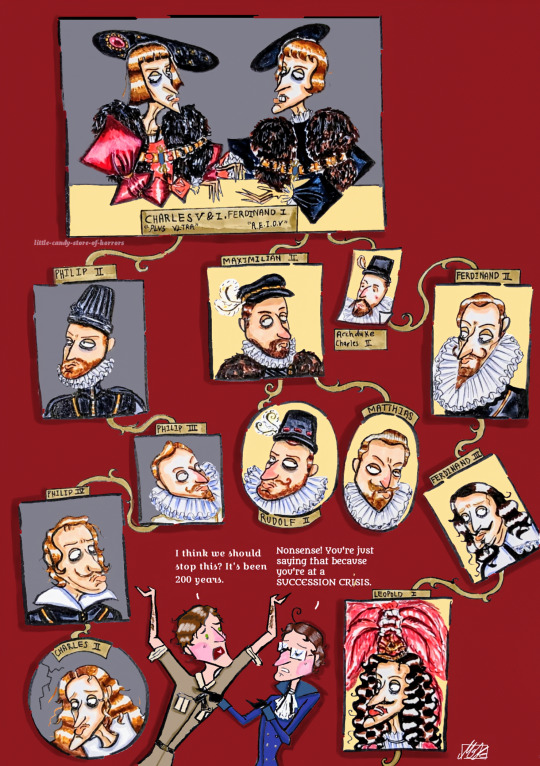
"Bella gerunt alii, tu felix Austria nube!"
Day 6 of @spaus-week 's challenge
"Let others wage war, you, happy Austria, marry!" Was the political strategy of the Habsburgs, and marry did the House of Austria! Infamously, scandalously, sensationally. A mangled wreath of a family tree. We all know this horror story. And we all know the bitter end.
After Emperor Charles V&I divided his Spanish and Austrian inheritance ((also gained through his parents' and grandparents' marriages)) to his descendants and those of his younger brother Ferdinand I respectively, the Habsburg dynasty split into two branches. The Spanish and Austrian Habsburgs notoriously intermarried for generations, right up till Charles II of Spain whose heirless death in 1700 sparked the War of the Spanish Succession. The inbreeding and this informal Latin motto behind it has been blamed to hell and back for their implosion, for the physical ugliness that ran in this royal bloodline. But it is not to say the Habsburgs never went to war, nor that dynastic marriage was a political strategy unique to them! But they were, if anything, bloody successful at it seeing how they did rule half of Europe for 200 years, and then a lot of it in the Austrian line for another 200. Before anyone figured out inbreeding was bad it was considered a privilege to marry into the Habsburgs, with Louis XV claiming that Louis XVI's betrothal to Marie Antoinette was marrying the "Daughter of the Caesars", and Napoleon Bonaparte infamously ditching Josephine for Marie Louise. Charles II was a poor sod who took the fall and the mugs were wretched from the same ugly gene being passed around countless times*, but they did wear power and privilege well.
💅✨ Symbolism bc I'm a NERD and this my Category 10 autism event ✨💅 :
Charles V & Ferdinand I's joint portrait based on that propaganda woodcut, behind them the colours of the Habsburg flag.
The Spanish branch, comprising Charles V & I's descendants, is represented with a black background, and the Austrian branch, comprising Ferdinand I's descendants, gold, both colours pulled from their flag, a dynasty intertwined but split in two.
Round frames denote that the individual had no heirs.
Only the most influential ruler on both sides, the King of Spain and the Holy Roman Emperor, are represented as framed portraits, explaining Archduke Charles II's unframed depiction.
The unconventional placement of Charles II of Spain and Emperor Rudolf II's nameplates are a nod to their queerness: their intersexuality and bisexuality respectively.
Ferdinand III's portrait is lopsided because of the losses of the 30 Years War.
Cracks in Charles II's portrait: 🙃🙃🙃
#Was this just an excuse for me to draw the family tree/wreath? YES. Might continue it to Blessed Karl™ *faints*.#That said i literally took three tries to get the Austrian branch right in just this fraction. Nightmare.#spausweek#Charles v#philip ii#philip ii of spain#Philip iii#philip iv of spain#felipe iv#charles ii of spain#Carlos ii#ferdinand i#Maximilian ii#rudolf ii#Emperor Matthias#Ferdinand ii#Ferdinand iii#Leopold i#16th century#17th century#habsburg history#house of habsburg#austrian history#spanish history#historical hetalia#aph austria#aph spain#roderich edelstein#Antonio Fernandez#Hetalia
15 notes
·
View notes
Text

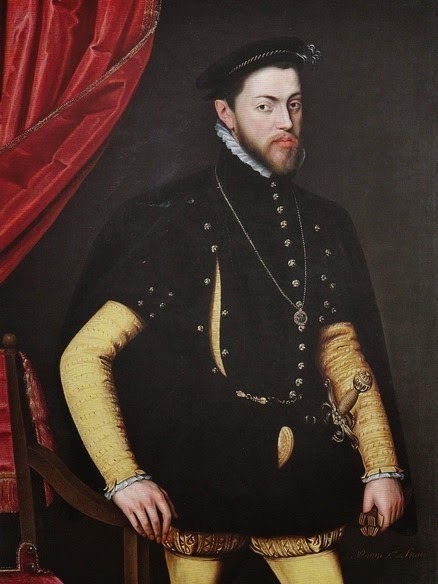
Napoleon II, Duke of Reichstadt
His mother's son (at least for the purposes of this bracket)
Philip II, King of Spain, King of Portugal, reigned 1556-1598
Instant discourse, just say the word 'armada'
242 notes
·
View notes
Text

The Battle of Rocroi "Rocroi, the Last Tercio" by Augusto Ferrer-Dalmau
#augusto ferrer dalmau#battle of rocroi#art#thirty years war#rocroi#tercios#tercio#spain#spanish empire#spanish#pikemen#infantry#pike and shot#europe#history#spanish golden age#habsburg spain#france#habsburg monarchy#house of habsburg#habsburg#european#battle#last stand#franco spanish war
66 notes
·
View notes
Text
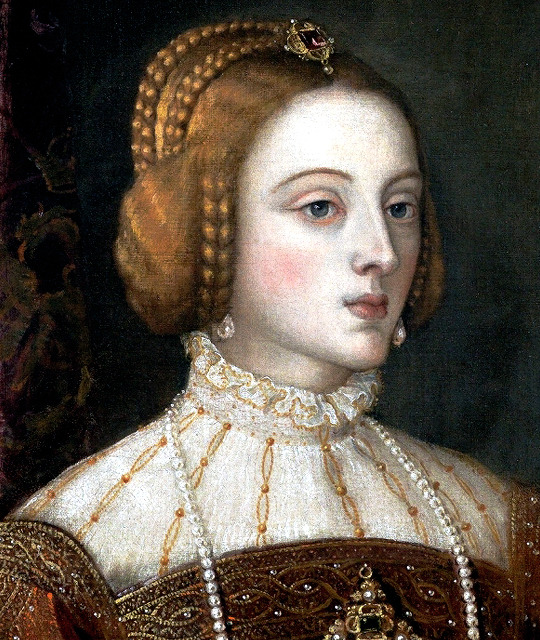

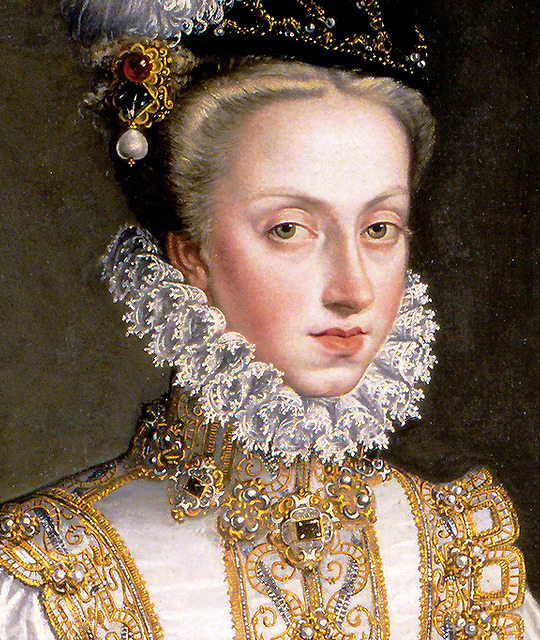
ISABELLA OF PORTUGAL by Titian, 1548
JOANNA OF AUSTRIA by Sánchez Coello, 1557
ANNA OF AUSTRIA by Bartolomé González y Serrano, 1570
#historyedit#isabella of portugal#joanna of austria#juana of austria#anna of austria#queen of portugal#queen of spain#princess of portugal#history#women in history#house of aviz#house of habsburg#titian#alonso sanchez coello#bartolome gonzalez y serrano#art#renaissance art#gramma isabella#joanna was isabella's daughter#and anna was joanna's niece#thus isabella's granddaughter#edit#x#i just love how anna looked more like her aunt than her own mom 🥹#and both joanna and anna looked like their grandma
383 notes
·
View notes
Text

There's some life in Twitter yet
26 notes
·
View notes
Text




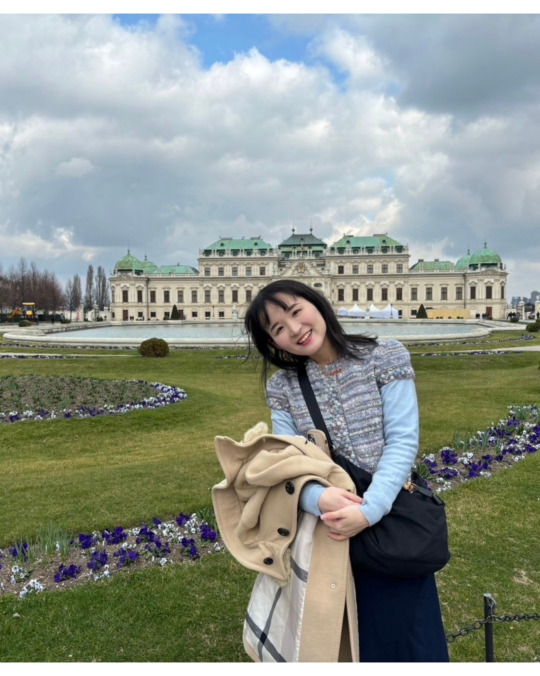
instagram
Smile 🧡☺️📻
#smile#austria#vienna#classical#museum#freud#sigmund freud#jung#klimt#gustav klimt#gloriette#baroque#rococo#mariatheresia#yellow#portrait#photo#europa#house of habsburg#schönbrunnpalace#belvedere palace#musikverein#royal palace#music#medieval#singer#japan#artwork#artist#happy
18 notes
·
View notes
Photo
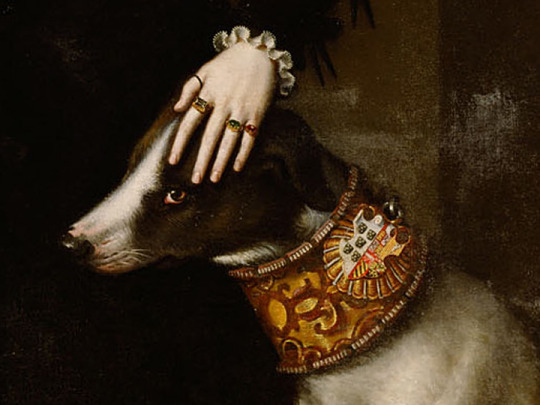
La Infanta Doña Juana (detail)
by Alonso Sánchez Coello (Valencian, 1532 - 1588)
oil on canvas, 1557
Kunsthistorisches Museum
21 notes
·
View notes
Text
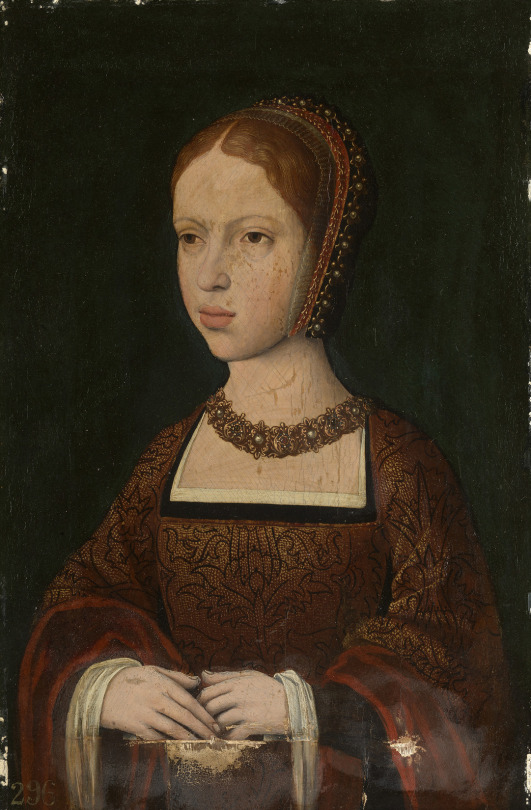
Isabella of Austria, Queen of Denmark and Norway.
#isabella of austria#house of habsburg#habsburg#16th century#danish monarchy#norwegian monarchy#16th century art#long live the queue
18 notes
·
View notes
Text

Happy Christmas everyone!
I recently rediscovered the motivation to draw so here is some art of my favourite angsty prince Napoleon II <3
#he was so pretty its unfair#died young from tuberculosis like a true icon#(I am literally obsessed with him)#napoleon ii#duke of reichstadt#napoleon#napoleonic#house of habsburg#my art#art#artists on tumblr#history
31 notes
·
View notes
Text

“I just found out that apart from some German royals being locked up by Hitler during WWII, apparently an Austrian princess was also locked by the Japanese when Italy surrendered in 1943. Archduchess Margaretha of Austria was living in China with her husband, who was the Italian ambassador to China. They were detained in Japanese concentration camp until 1945. I wish she had written a memoir about it.” - Submitted by Anonymous
33 notes
·
View notes
Text

Empress Elisabeth "Sissi" of Austria-Hungary
53 notes
·
View notes
Text
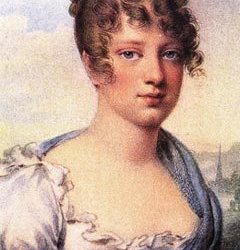

Maria Leopoldina, Empress of Brazil, reigned from 1822-1826
This Barbie made Brazil independent
Napoleon II, Duke of Reichstadt
Died young but loved in this bracket
Please go read @archduchessofnowhere's post about their relationship here. It is very sweet.
#best habsburg bracket#house of habsburg#maria leopoldina#I'm working with a grand total of three portraits for each of these two#so you're getting them on repeat
101 notes
·
View notes
Text
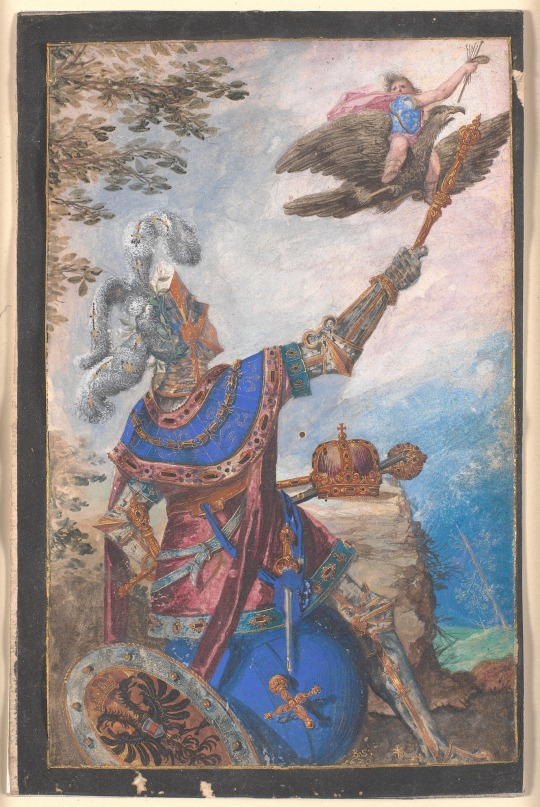
Allegory of Painting under the House of Habsburg
Attributed to Bartholomäus Strobel d.Y. and Bartholomeus Spranger
#house of habsburg#habsburg#holy roman empire#holy roman emperor#habsburg monarchy#habsburg empire#art#painting#history#europe#european#medieval#middle ages#renaissance#knights#knight#armour#eagle#crown#monarchy#heraldry#royalty#christianity#christian#royal#royals#nobility#sceptre#shield#double headed eagle
80 notes
·
View notes
Text
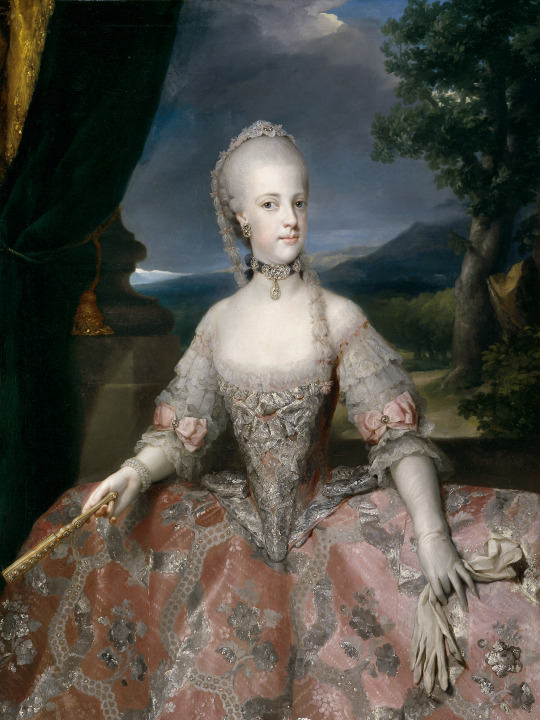

Once she [Maria Carolina] had subdued her husband and massively improved her own standing by producing a son, she had Ferdinand dismiss the old minister, against Charles III’s opposition, and replace him as state secretary with the former Sicilian emissary in Vienna. And in 1778 she began regularly attending meetings of the State Council as the heir’s mother, just as Kaunitz had initially advised her to do. In short, she showed herself to be a true daughter to her mother: not just externally but above all temperamentally. Sanguine, spirited, intelligent, and accommodating, yet also strong-willed and confrontational when necessary, she proved a masterful manipulator of her husband—albeit for her own ends, not those of her mother. She had always successfully resisted having a lady-in-waiting sent from Vienna to spy on her, and she was similarly adept at evading supervision by the imperial emissary, Wilczek. She was too much like her mother to tolerate being used as her instrument.
Maria Theresa could not begrudge her daughter her respect. In 1772 she reported to Marquise d’Herzelles: “The Queen is conducting herself very well … and I am assured that the king has already mended his boorish and filthy ways.” “I love this daughter very much, and she deserves it too,” she wrote to Countess Enzenberg, meaning: in contrast to Amalia in Parma and Antonia in Versailles. She subsequently held up Carolina to the other children as a paragon of candor and obedience, and even King Ferdinand, about whose character defects she was under no illusions, eventually rose in her estimation to become (temporarily) her second-favorite son-in-law, gendre bien aimé. She expressed herself more frankly to Maria Christina, who in 1775 was to travel to Naples to ascertain that all was in order: “You know how dear your sister is to me; justice compels me to say that she is, after you, the one who has shown me the most true inclination, asked for my advice, and heeded it too. But young and spirited as she is, partnered with so heated and ill-mannered a husband, surrounded by all possible ills, what hope can there be for her? It is a miracle that things are still running as they are, and,” she added in canny self-awareness, “more harm than good is to be expected from advice offered from abroad.”
Even Carolina had not always been open and trusting with her, she complained. That she was not quite so satisfied with her independent and strong-willed daughter in Naples as she claimed is also confirmed by Leopold, who in 1778 noted in his diary that the empress hardly bothered any more with “Neapolitan affairs as she is somewhat irritated with the queen, who does not appreciate others mixing in her business.” Toward the end of her life, pity for Carolina regained the upper hand: “The poor Queen deserves … sympathy,” she wrote in April 1780.
Stollberg-Rilinger, Barbara (2020). Maria Theresa: The Habsburg Empress in her Time (translation by Robert Savage)
#finally getting to answer my asks and i had to consult the maria theresia bible for one of them#queen maria carolina of naples#empress maria theresia#historian: barbara stollberg-rilinger#maria theresa: the habsburg empress in her time#historicwomendaily#house of habsburg
63 notes
·
View notes
Text

Equestrian portrait of Cardinal-Infant Ferdinand of Austria. After Gaspar de Crayer.
#monarquía española#reino de españa#infantes de españa#casa de austria#los austrias#fernando de austria#infante de españa#retrato ecuestre#cardenal infante#in armour#kingdom of spain#equestrian portrait#house of habsburg#gaspar de crayer
11 notes
·
View notes
Text
Mizuno Hideko's Elisabeth (1993)

The great Mizuno Hideko made a manga about the last Habsburg princess, Archduchess Elisabeth Marie of Austria, and her art in it is exquisite. The manga is based on a book written by Tsukamoto Tetsuya titled "Elisabeth-The Last Princess of the Habsburg Dynasty" Mizuno's manga adaptation of the book ran in CREA magazine between 1993/11 and 1996/2 issues.
I first thought that this manga was about Sisi, but was kind of pleasantly surprised to find out this it was about her granddaughter who sure lived a life. Since this is a biography adaptation, it reads more like a history book and doesn't have the Mizuno-esque qualities that much because in her own words, "you cannot lie in a historical piece".
In her afterword, Mizuno sounds happy to get to work on this story because her Ludwig II manga had to end due to its magazine folding, and she had already done so much research on the Habsburg Dynasty. She says she was glad that she could link her data from that research to Elisabeth's story, and got to learn more about history of the 20th century.


I have scanned these images from the 2002 Kodansha bunkoban edition.
I wish she drew more manga in the 90s, because her art is simply stunning in this.
#mizuno hideko#hideko mizuno#水野英子#エリザベート#elisabeth#90s manga#90s josei#elisabeth marie of austria#house of habsburg#habsburgs#archduchess elisabeth marie of austria#the red archduchess
21 notes
·
View notes